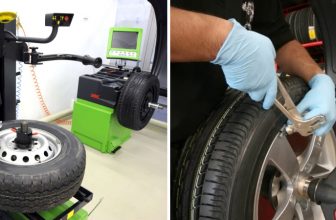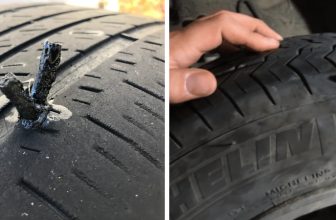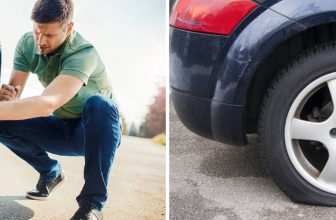How to Reset TPMS After Tire Rotation
Do you ever think about the air pressure in your tires? It’s one of those necessary though uncanny, maintenance tasks that can get easily overlooked. Are you preparing to rotate your tires but don’t know how to reset the tire pressure monitoring system (TPMS) afterward? If so, then this blog post is for you. Tire rotation is an important part of keeping your vehicle running in top shape, as it can help ensure even wear and extend the life of all four tires.
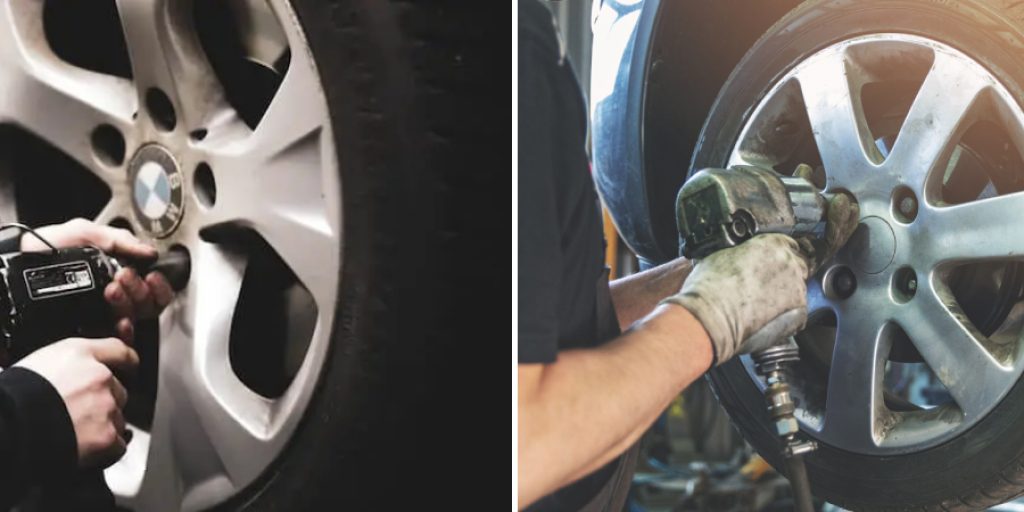
Resetting the Tire Pressure Monitoring System (TPMS) after rotating your car’s tires is a must if you want to ensure a smooth and safe drive. It also helps reduce fuel consumption and improve vehicle handling over time. However, when you do rotate your tires, knowing how to reset TPMS is critical for properly tracking and maintaining correct tire pressure levels. We’ll cover step-by-step instructions on how to reset TPMS after tire rotation so that you can keep all of your tires at peak performance!
Required Items
- TPMS Reset Tool/OBD Scanner
- Tire Pressure Gauge
Why is It Important to Reset TPMS After Tire Rotation?
It is important to reset the TPMS after tire rotation because it will let the system know where each of your tires are and what pressure they should be set at. If you don’t reset the TPMS, then it could cause issues such as inaccurate readings or false alarms in regards to air pressure levels. This can lead to poor fuel efficiency, unevenly worn tires, and potentially unsafe driving conditions.
10 Ways on How to Reset TPMS After Tire Rotation
1. Check the Sensor
Check the TPMS sensor located inside each of your tires. Make sure that it is functioning properly, and that the settings are correct for your vehicle’s make and model. Also, make sure that the sensor is securely attached to the tire.
2. Check Tire Pressure
Measure and adjust your tires’ air pressure levels to the manufacturer-recommended specifications. Make sure that all four tires are at equal pressure for proper rotation and resetting of TPMS. Tire pressure should be measured and adjusted after rotating the tires but before resetting the TPMS.
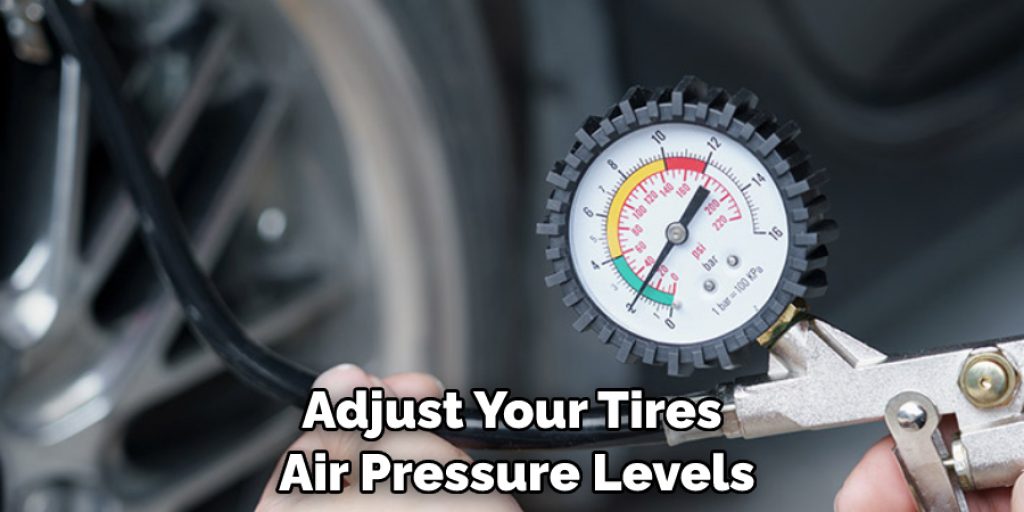
3. Use a Tire Pressure Monitor Relearn Tool
If you have access to a tire pressure monitor relearn tool, then use it to reset your TPMS after a tire rotation. This tool will help you quickly program each of your tires’ locations and the proper air pressure levels.
4. Use a Scan Tool
If you have access to a scan tool, then use it to reset TPMS after tire rotation. This will allow you to quickly program each of your tires’ locations and the proper air pressure levels for your make and model vehicle.
5. Manual Reset
If your vehicle doesn’t have a relearn tool or scan tool, then you will need to manually reset TPMS after tire rotation. To do this, start the car and press and hold the TPMS reset button for 10 seconds or more until it flashes. This should reset the entire system.
6. Drive Vehicle
Once the TPMS has been reset, drive your vehicle for at least ten minutes or until you reach a speed of at least 25 mph to allow the sensors to properly detect and record tire pressure information.
7. Check Tire Pressure Again
After driving your vehicle, check the tire pressure levels again with a tire gauge. Make sure that all four tires are at equal pressure for proper resetting of TPMS. The tire pressure should not need to be adjusted after this point.
8. Check TPMS Indicator Light
Check the TPMS indicator light on your dashboard or instrument panel. If it is still lit, then you might need to reset the system again with a relearn tool or scan tool. Otherwise, the TPMS should now be reset properly.
9. Check for System Errors
If the TPMS indicator light is off, then check your vehicle’s system for any errors or malfunctions. This can be done by using a scan tool to check for system codes or by consulting with a professional mechanic.
10. Repeat the Process
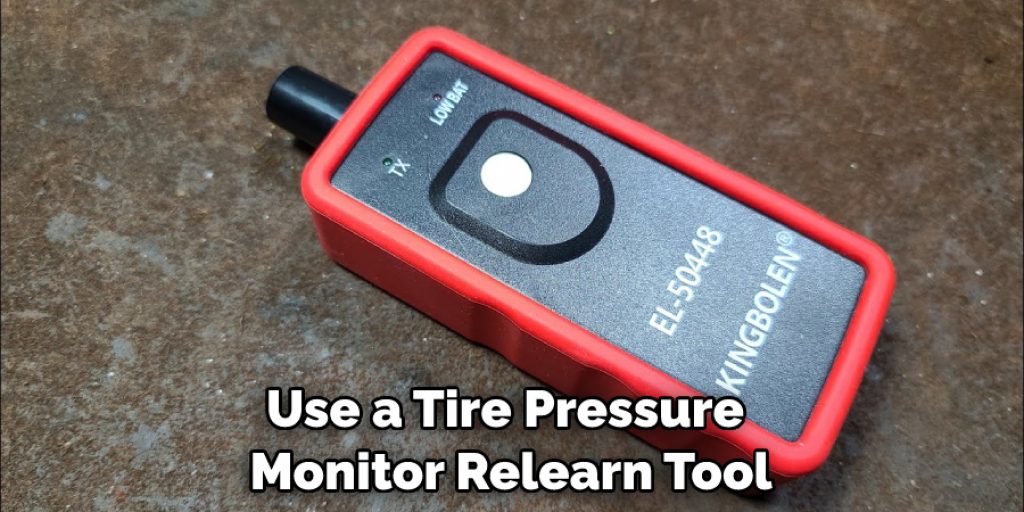
Repeat this process every time you rotate your tires to ensure that the TPMS system is properly reset and functioning correctly.
By following these steps, you can easily reset TPMS after tire rotation and keep all of your tires in peak performance! Keeping your vehicle’s tire pressure levels at optimal levels will help improve fuel efficiency and maintain a safe driving experience
8 Safety Precautions to Take
Tire Pressure Monitoring System (TPMS) is an important safety system in vehicles that monitors tire pressure and informs drivers of when the tires need attention. When a car’s tires are rotated, it’s important to reset the TPMS to ensure accurate readings. However, there are certain safety precautions you should take before resetting your TPMS after a tire rotation.
1. Make sure you understand the type of TPMS system in your car. Different vehicles come with different TPMS systems, and each requires a specific reset process. Understanding what kind of TPMS is in your car helps you ensure that you’re performing the right steps to reset it after a tire rotation.
2. Check the pressure in all tires before resetting TPMS. Before resetting, make sure that the current tire pressures are correct and within manufacturer specifications for your car’s model and year. It’s important to only reset when all tires are properly inflated to avoid incorrect readings from the system after the reset process.
3. Always use the correct tire pressure for your car’s model and year. Using the incorrect tire pressure can cause accidents and other problems when driving, so make sure to double-check the recommended specifications for your vehicle before resetting TPMS after a tire rotation.
4. Don’t reset after installing new tires or wheels. Resetting the TPMS in this situation can lead to inaccurate readings that may not be picked up by the system. If you’ve installed new tires or wheels, have a professional mechanic reset the TPMS properly.
5. Make sure all tires are free of dirt and debris. A build-up of dirt on a tire’s surface can interfere with the TPMS readings, so make sure to clean all tires and wheels before resetting.
6. Use a tire pressure gauge to measure all four tires before resetting TPMS. A good tire gauge will help ensure an accurate reading from the system after it is reset.
7. Replace any batteries that appear low or dead in the TPMS sensors. Low or dead batteries can cause incorrect readings after resetting, so make sure to replace any that appear weak or depleted before proceeding with the reset process.
8. Make sure the vehicle’s ignition is turned off when performing a TPMS reset. This will prevent any interference from the car computer and ensure accurate readings after resetting.

Resetting your TPMS after a tire rotation is important for ensuring correct and accurate readings of the system. Taking the necessary safety precautions will help you avoid inaccurate readings from the TPMS after it has been reset. Knowing your car’s specific type of TPMS, double-checking all tire pressure levels, and making sure all tires are free of dirt and debris before resetting will help you ensure the best results after resetting.
Frequently Asked Question
How Long Will It Take to Finish It?
It depends on the type of TPMS system that you have. Typically, it takes a few minutes to reset the system. However, if your tires have been rotated in conjunction with the TPMS reset, then it may take a bit longer as each tire will need to be checked for pressure and correctness. It is important to ensure that all tires are properly inflated before resetting the TPMS.
Can I Reset the System Myself?
Yes, you can reset the system yourself with the proper tools and training. It is important to consult your dealership or a qualified technician for instructions on how to reset your individual TPMS system. Depending on the make and model of your vehicle, you may be able to reset the TPMS yourself with a scan tool or by following the instructions provided in your owner’s manual.
Do I Need to Replace My Sensors After Resetting?
No, the sensors do not need to be replaced after resetting, as they can still detect and report tire pressure even if they have been reset. However, if you notice that your TPMS is not working properly after resetting, it may be necessary to replace the sensors in order to get them functioning again correctly.
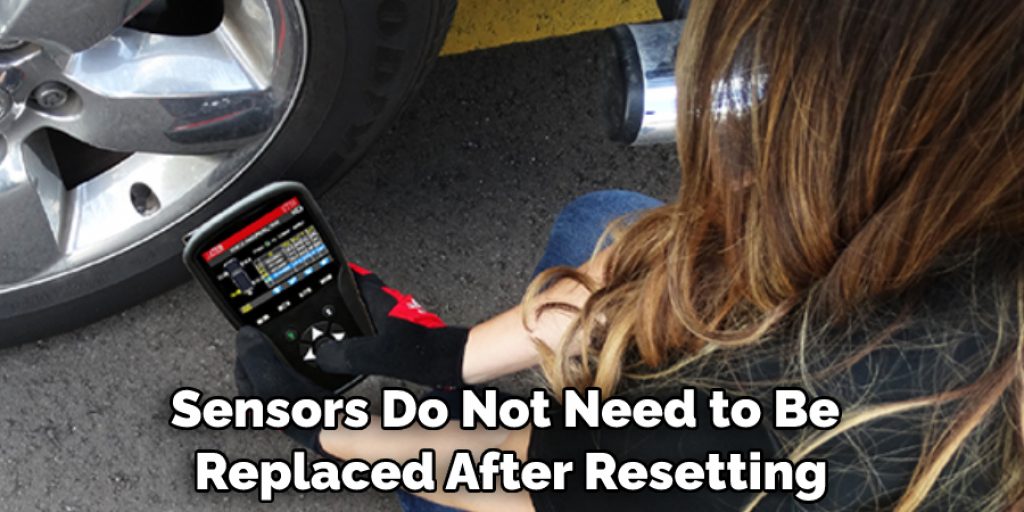
Conclusion
Resetting your TPMS is a great way to keep up with your tire safety rotation schedule. The procedures are relatively straightforward and easy, so it’s best to check your sensors regularly as you rotate your tires or if they find any evidence of a weak signal. We hope this blog post has equipped you with the knowledge on how to reset TPMS after tire rotation and technology to reset TPMS after tire rotation and has encouraged you to take regular maintenance steps towards extending the life of your vehicle’s tires.
As a parting thought, why not turn this ephemeral knowledge into something concrete through crafting? Take some used tires from an automotive junkyard near you and turn them into planters or stools for your home – using the same skills that made resetting TPMS after tire rotation looks like second nature.

